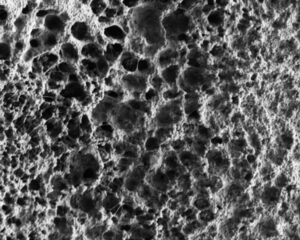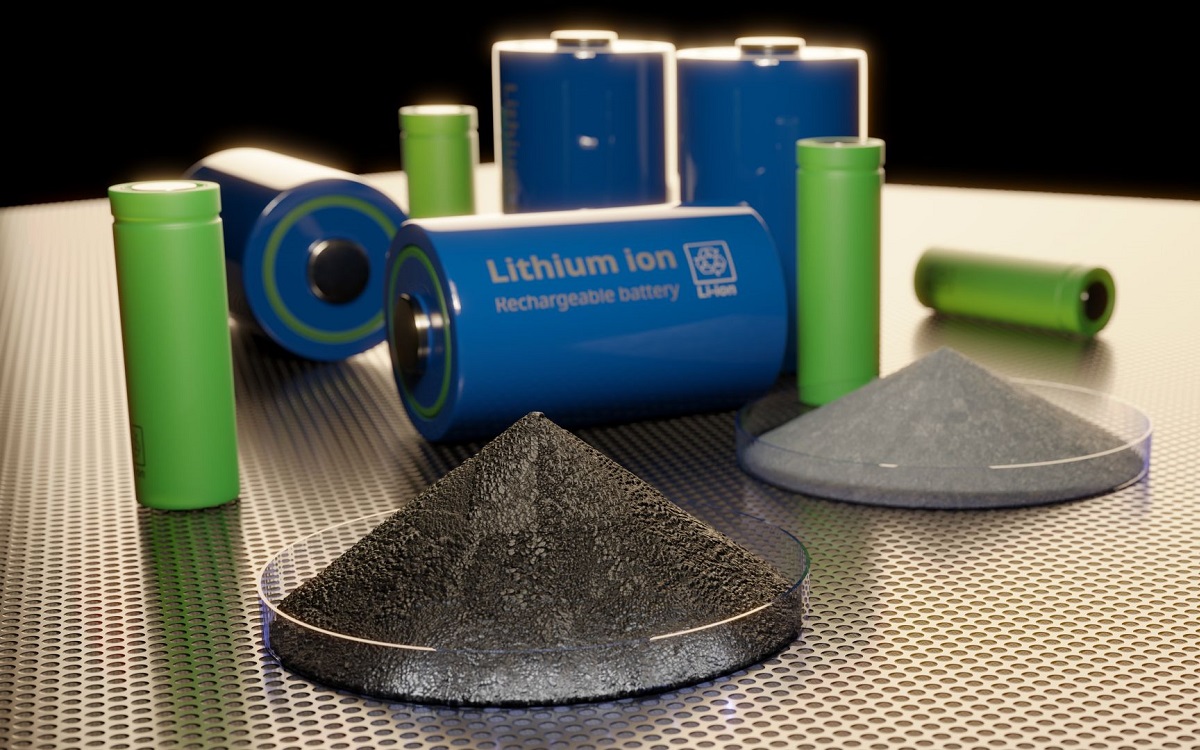21.06.2023 | Engineers at Massachusetts Institute of Technology (MIT) developed a superabsorbent gel that allows for harvesting large amounts of moisture from the air, even in desert-like conditions.
As the material absorbs water vapor, it can swell to make room for more moisture. This works even in very dry conditions, with 30 % relative humidity. The water could then be heated and condensed.
Combining a hydrogel with a hygroscopic salt
The transparent, rubbery material is made from hydrogel, a naturally absorbent material that is also used in disposable diapers. The team enhanced the hydrogel’s absorbency by infusing it with lithium chloride — a type of salt that is known to be a powerful dessicant. Lithium chloride is capable of absorbing over ten times its own mass in moisture.
With infusing the salt into the hydrogel, the researchers combined the water storage capability of the gel with the vapor capturing effect of the salt. They found they could infuse the hydrogel with more salt than was possible in previous studies. As a result, they observed that the salt-loaded gel absorbed and retained an unprecedented amount of moisture, across a range of humidity levels, including very dry conditions that have limited other material designs.

“The hydrogel can store a lot of water, and the salt can capture a lot of vapor. So it’s intuitive that you’d want to combine the two,” says Gustav Graeber. Pictured is a microscopic image of a dry, salt-loaded hydrogel.
Application as water harvester and in air conditioning units
If it can be made quickly, and at large scale, the superabsorbent gel could be used as a passive water harvester, particularly in the desert and drought-prone regions, where the material could continuously absorb vapor, that could then be condensed into drinking water. The researchers also envision that the material could be fit onto air conditioning units as an energy-saving, dehumidifying element.
“We’ve been application-agnostic, in the sense that we mostly focus on the fundamental properties of the material,” says Carlos Díaz-Marin, a mechanical engineering graduate student and member of the Device Research Lab at MIT. “But now we are exploring widely different problems like how to make air conditioning more efficient and how you can harvest water. This material, because of its low cost and high performance, has so much potential.”
Díaz-Marin and his colleagues have published their results in a paper in Advanced Materials. The study’s MIT co-authors are Gustav Graeber, Leon Gaugler, Yang Zhong, Bachir El Fil, Xinyue Liu, and Evelyn Wang.





